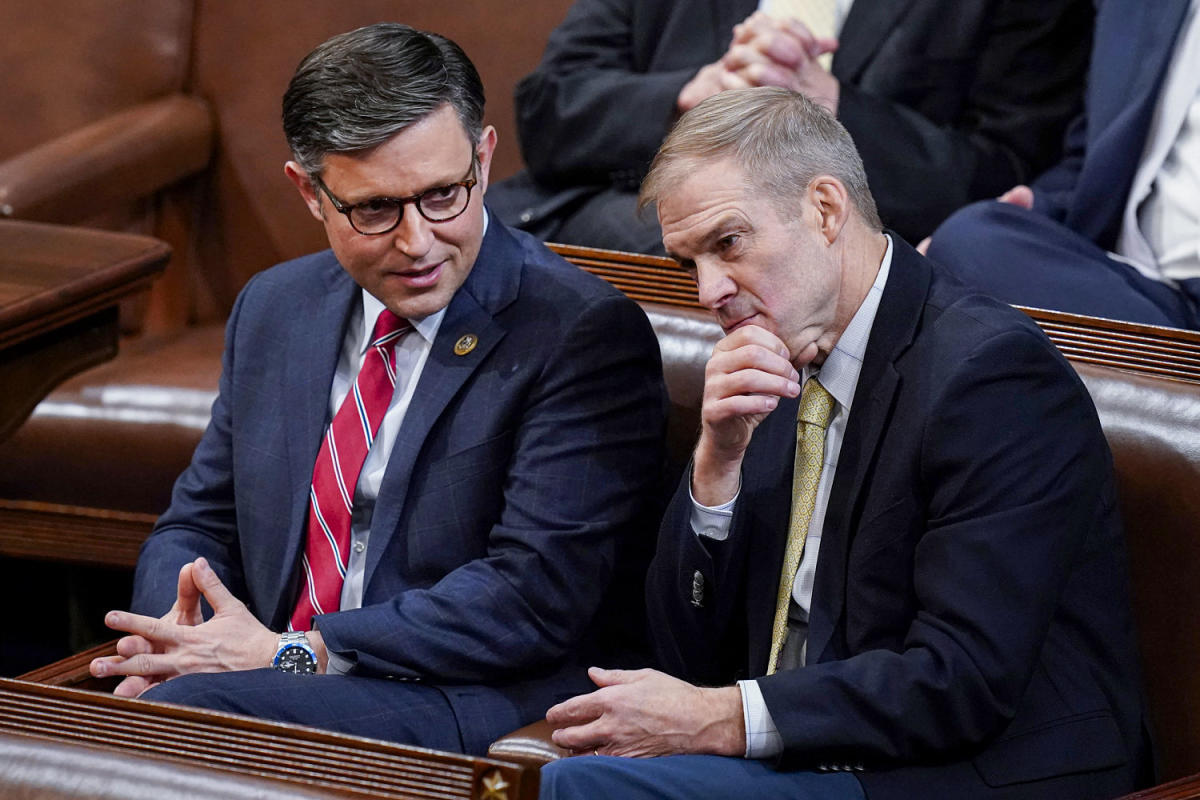Zoe Rickheim was already taking classes at Minnesota State University Mankato when she was called up for deployment along the southern border. Her courses didn’t stop when she got there.
Between shifts working as a military police officer in the Minnesota National Guard, Rickheim logged in to online classes, amassing credit for three semesters’ worth of work in the span of about a year.
“It really helped me out,” Rickheim said, noting that she was able to dive straight into upper-level business courses when she returned to Minnesota. “It’s like another weight lifted off the soldiers.”
The partnership between the Minnesota National Guard and the Minnesota State system of colleges and universities serves multiple purposes: For two decades, they’ve been coordinating to provide service members with resources to aid their transitions to and from deployment. But it’s also an important component of the college system’s increasing efforts to recruit nontraditional students.
Birth rates dipped during the Great Recession, meaning that college leaders across the country anticipate they’ll have fewer new, high school graduates to recruit in the coming years. So many universities are trying to find new ways to entice other adults to enroll as well.
“It is a big part of it,” said Gina Sobania, Minnesota State’s director of military, veteran and adult learner services. “They have a very different sense of their responsibilities and what they’re trying to pursue in the National Guard.”
The partnership began in 2003 at a camp set up in Bosnia. Service members had to fax their applications to the schools. School leaders had to figure out how to transport lab kits or quickly ship textbooks overseas. Soldiers had a small list of classes to choose from based on what lessons could be taught on site. Their options included statistics, astronomy and meteorology.
“It was the beginning of saying ‘we can provide education no matter where you are, and our colleges and universities will have resources available for you,'” Sobania said.
The program morphed as technology evolved and lockdowns during the COVID-19 pandemic further accelerated schools’ efforts to offer online programs. Students now submit applications online. Some textbooks are available online too. Soldiers — and other students — now have thousands of online classes to choose from in the Minnesota State system.
It’s difficult to pinpoint how many service members are completing their classes while deployed. Minnesota State data shows the system’s 33 schools “serve more than 6,500 veterans and service members,” but questions on the forms students fill out don’t always distinguish between students who are actively serving and those who have already completed their service.
Studying while deployed isn’t without its challenges. Sobania said the system encourages soldiers to tell their professors where they are, so that if they get called out on a last-minute mission or lose communications, they can make other arrangements for completing their coursework. If a soldier is struggling, they can also choose to complete their courses when they return home instead.
Others, including Franks Ondara, thrive. Ondara completed about two semesters’ worth of courses while he was deployed on the border, working in engineering. There were fewer distractions.
When a shift wraps, “there is nothing taking your time,” Ondara said.
He’s since returned to Minnesota. He’s working as an Uber driver while trying to earn a degree in computer forensics and human services. Now, he sometimes tells his friends: “I wish I can go back to deployment” because it was easier to take classes.
Signup bonus from




